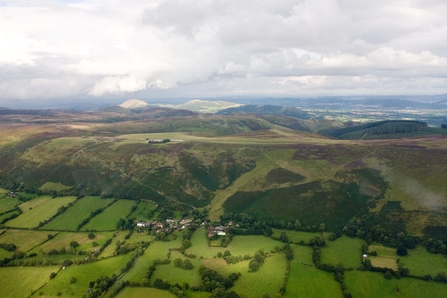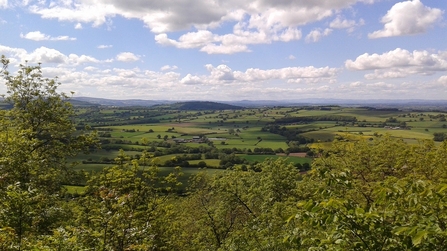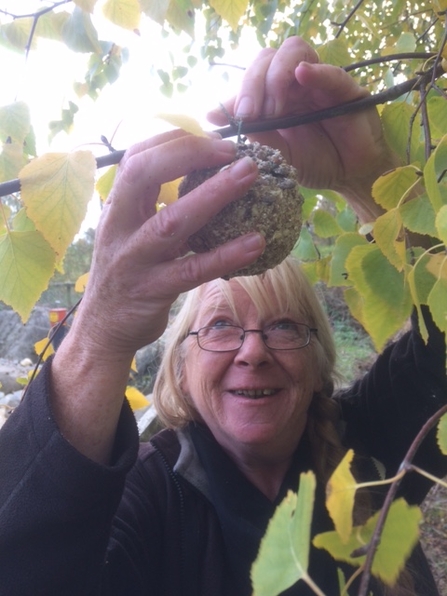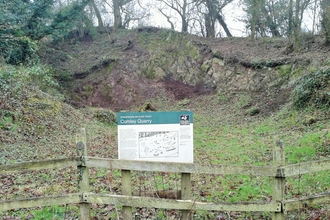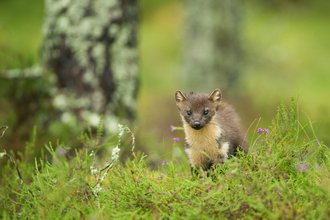Shropshire has a fascinating and complicated geology, with evidence from eleven of the thirteen recognised geological periods. From around 600 million years ago until present time, fossils and rock formations show us that the ground we walk on was beneath the sea for more than 50% of the time of its existence!
The earliest geological period, the Pre-Cambrian, shows a violent beginning to our geology. A major fault in the Earth’s crust – the Church Stretton Fault – provoked a line of earthquakes and volcanic activity, forming the Wrekin (a thick pile of volcanic lava and ash).


